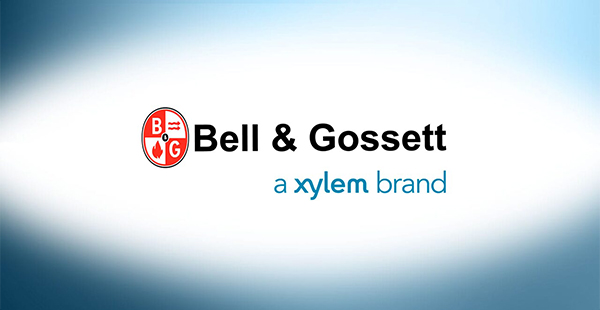01. History of Asbestos Use
Bell & Gossett History of Asbestos Use
Bell & Gossett made and sold asbestos products for several decades during the middle of the 20th century. During this time, the company was a leading manufacturer of HVAC products. It made pumps, valves, heat exchangers and plumbing accessories. At least some of these products had asbestos-containing components.
W.C. Bell and E.J. Gossett founded the company in 1916 in Chicago, Illinois. Beginning in the 1930s, the company saw rapid growth. It developed several innovations in heating system technology. Bell & Gossett engineered such products as the Series 1522 mechanical seal pump and the still popular Series 100 heat booster pump. As early as 1940, asbestos was an important component of the company’s heating systems.
During World War II, the U.S. government contracted Bell & Gossett to make products for the war effort. These products included pumps and track pins. The military used these products in vehicles like landing craft, tanks and amphibious trucks. Some of these products may have contained asbestos.
In 1954, Bell & Gossett launched its Little Red Schoolhouse® training program. It has trained more than 62,000 people in HVAC applications, design and maintenance.
ITT Corporation acquired Bell & Gossett in 1963. This acquisition helped the asbestos company become a global brand. In the 1970s and 1980s, federal asbestos laws more strictly regulated asbestos use. Companies like Bell & Gossett stopped manufacturing asbestos products during this time to comply with regulations and address growing public concern.
In 2011, Bell & Gossett became a brand of Xylem Inc., an offshoot of ITT Corporation. Xylem Inc. continues to sell Bell & Gossett products and run the Little Red Schoolhouse.
Resources for Mesothelioma Patients
02. Asbestos Products
Bell & Gossett Asbestos Products
From at least the 1940s, asbestos was an important component of Bell & Gossett products. For example, the company’s Hydro-Flo® heating system included asbestos pipe covering. Asbestos was a common component in many heat-exposed products during the 20th century. The mineral is fire- and damage-resistant.
Types of asbestos products made and used by Bell & Gossett included:
- Building boards
- Cement
- Gaskets
- Insulation
- Pipes
- Pumps
- Shingles
This list of products is not comprehensive. Asbestos attorneys have the resources to track down difficult-to-find product listings. People with mesothelioma can seek legal help to figure out if a Bell & Gossett product may have caused their exposure.
03. Occupational Exposure
Bell & Gossett and Occupational Exposure
People who installed, used and repaired Bell & Gossett products may have experienced occupational asbestos exposure. The company’s pumps, valves and other products were used in many commercial, industrial and residential settings.
HVAC workers may have experienced exposure during installation, maintenance and repair work. Some may have been exposed during training at the Little Red Schoolhouse. Working with HVAC systems, especially old ones, has the potential to release asbestos fibers into the air. Inhaled asbestos fibers can lead to the development of lung cancer, mesothelioma and other diseases.
Veterans who used vehicles with Bell & Gossett components may also have been exposed to asbestos. The company made many products for the U.S. military during and after World War II, some of which may have contained asbestos, including:
- Airplanes
- Amphibious trucks
- Cargo ships
- Combat tanks
- Landing craft
- Laundry tanks
The risk of asbestos exposure may still exist today in older vehicles, buildings and industrial sites. Workers who suspect older equipment may contain asbestos should contact their manager, who can help ensure professionals handle any asbestos removal.
04. Asbestos Litigation
Asbestos Litigation Against Bell & Gossett
Bell & Gossett has been named in legal actions alleging exposure to their products caused people to develop asbestos diseases. Mesothelioma patients and their families may file lawsuits to seek compensation from asbestos companies.
Successful lawsuits may result in millions of dollars in compensation. Compensation may come from settlements and verdicts. For example, in 2018, a jury found Bell & Gossett, along with several other companies, liable for a mill worker’s mesothelioma. It awarded the worker and his wife a combined $4.5 million, with Bell & Gossett 12% liable.
Asbestos attorneys can help victims figure out which products may have led to their exposure. They can also file and litigate cases on behalf of their clients. Victims can reach out to experienced mesothelioma law firms to explore their legal options. Veterans may also be eligible for monthly benefits from the Department of Veterans Affairs.




